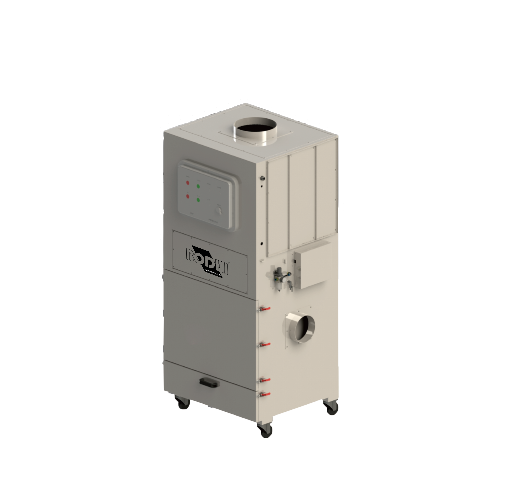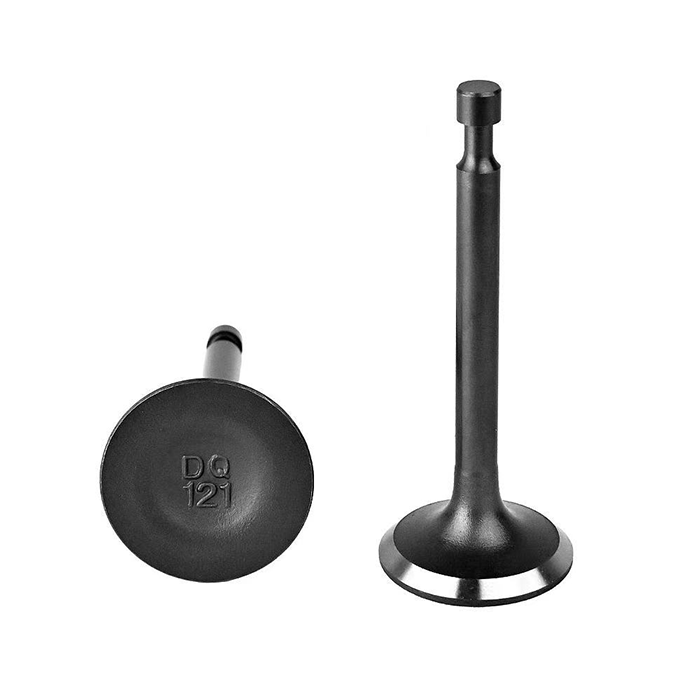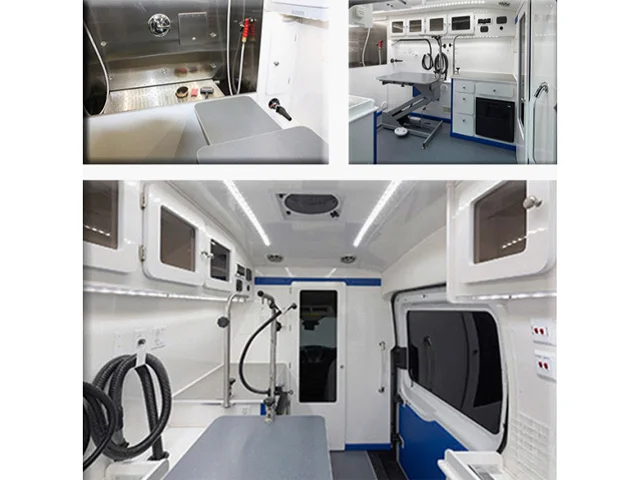Pedestal-supported tile systems have revolutionized the construction of elevated terraces, rooftop gardens, balconies, and other outdoor applications. By separating the tile surface from the underlying substrate, these systems not only create visually seamless floors but also enhance waterproofing and facilitate efficient water drainage. Homedin Industrial, with extensive experience in adjustable height pedestals and universal support systems, has developed a range of products that optimize these critical performance aspects.
This article provides a comprehensive analysis of waterproofing behavior and drainage efficiency in pedestal-supported tile systems, covering design strategies, material selection, installation best practices, performance testing, and maintenance considerations.
1. Structural Considerations in Pedestal-Supported Tile Systems
The separation of tiles from the substrate introduces an additional layer where water management becomes crucial. Key structural aspects impacting waterproofing and drainage include:
-
Pedestal Base and Height Adjustment: Homedin’s adjustable PVC and plastic pedestals allow precise leveling of tiles, maintaining consistent gaps for water flow. Height adjustment ranges accommodate uneven substrates and ensure water does not pool beneath tiles.
-
Tile Gapping and Alignment: Proper tile spacing prevents capillary water retention, ensuring rapid runoff. Homedin pedestals support uniform spacing across large areas.
-
Load-Bearing Integrity: Pedestals must sustain the combined weight of tiles, foot traffic, and environmental loads without compression or tilting that could compromise water pathways. Homedin products are tested for high load-bearing capacity with built-in rubber pads to enhance stability.
2. Waterproofing Behavior
Elevated tile systems inherently interact with waterproofing membranes or coatings on the underlying substrate. Key aspects of waterproofing performance include:
-
Water Retention and Drainage Interplay: The pedestal system maintains a clear gap between tiles and the waterproof membrane, reducing hydrostatic pressure. Properly spaced tiles allow water to flow freely to drains while preventing stagnant water accumulation.
-
Membrane Protection: Adjustable pedestals reduce direct mechanical pressure on waterproof layers, mitigating puncture or wear risk.
-
Resistance to Environmental Factors: Homedin pedestals undergo rigorous anti-aging, acid, alkali, and temperature resistance tests to ensure long-term performance even in harsh climates.
3. Drainage Efficiency Optimization
Efficient drainage is essential for preventing water pooling, structural damage, and slip hazards. Homedin’s pedestal-supported tile systems incorporate multiple design and installation strategies to optimize drainage:
-
Gap and Slot Design: The gap created by pedestals is critical for channeling water. Optimal gaps allow sufficient runoff while maintaining surface stability.
-
Slope Compensation: Adjustable pedestals can be used to subtly tilt tiles toward drains, enhancing water evacuation without visible unevenness.
-
Integrated Water Paths: Channels between pedestal bases direct water to designated drainage outlets, preventing local flooding even during heavy rainfall.
4. Material Performance and Durability
The choice of pedestal material directly impacts waterproofing and drainage efficiency:
-
High-Strength PVC and Plastic Composites: Provide dimensional stability under load and resist deformation, ensuring consistent drainage gaps over time.
-
Anti-Slip and Vibration-Dampening Rubber Pads: Reduce lateral movement of tiles, preventing disruption of drainage channels.
-
Chemical Resistance: Homedin pedestals are tested against acidic and alkaline conditions, preserving integrity in chemically treated rooftops or terraces.
5. Load-Bearing and Water Management Synergy
Pedestal systems must balance load-bearing requirements with water management:
| Feature | Impact on Waterproofing | Impact on Drainage |
|---|---|---|
| Adjustable Height | Maintains gap above substrate, preventing direct water pooling | Directs water to lower points and drains |
| Rubber Pads | Prevent movement that can puncture membranes | Stabilizes water channels beneath tiles |
| High Load-Bearing Capacity | Prevents pedestal collapse, preserving waterproofing membrane | Maintains consistent tile elevation for uniform runoff |
| Modular Design | Allows replacement without disturbing membrane | Preserves continuous drainage network |
6. Installation Guidelines to Enhance Performance
Even high-quality pedestals require proper installation for optimal waterproofing and drainage:
-
Surface Preparation: Ensure the substrate is clean, level, and covered with a protective waterproof membrane.
-
Pedestal Placement: Uniform spacing according to tile size maintains consistent gaps for water runoff.
-
Height Adjustment: Adjust pedestals to compensate for slope variations or uneven substrates to optimize drainage paths.
-
Tile Alignment: Check for lateral movement and alignment during installation to preserve both waterproofing integrity and drainage efficiency.
7. Testing and Quality Assurance
Homedin Industrial’s pedestal products undergo extensive testing to validate performance in water exposure and load-bearing conditions:
-
Load-Bearing Test: Ensures pedestals sustain tiles and foot traffic without compression or deflection.
-
Temperature Resistance Test: Confirms stability under seasonal temperature fluctuations.
-
Chemical Resistance Test: Evaluates performance under exposure to acidic or alkaline cleaning solutions.
-
Anti-Aging Test: Simulates long-term UV and weather exposure to assess durability.
-
Drainage Flow Test: Validates that gaps and slopes facilitate complete water evacuation without pooling.
8. Maintenance and Longevity
Efficient drainage and waterproofing are also dependent on ongoing maintenance:
-
Routine Debris Removal: Leaves and dirt can obstruct water gaps; periodic cleaning preserves drainage efficiency.
-
Inspection of Pedestal Integrity: Check for cracks, deformation, or wear in pedestals and rubber pads.
-
Tile Alignment Verification: Ensure that tiles remain properly spaced and level to prevent uneven water flow.
-
Membrane Condition Monitoring: Pedestal-supported tiles reduce membrane wear, but periodic inspection is recommended to identify potential issues early.
9. FAQ
Q1: How do pedestal-supported tiles affect waterproofing of the substrate?
A1: They maintain a clear gap between tiles and the waterproof membrane, reducing direct pressure and preventing water pooling while preserving membrane integrity.
Q2: Can the drainage efficiency be customized for different slope requirements?
A2: Yes, Homedin adjustable pedestals allow height modifications to create slight slopes toward drains, enhancing water evacuation.
Q3: Are these pedestals suitable for heavy tile materials?
A3: Yes, tested for high load-bearing capacity, Homedin pedestals can support heavy ceramic or stone tiles safely.
Q4: How resistant are the pedestals to chemical exposure?
A4: Pedestals have passed acid and alkali resistance tests, ensuring durability under cleaning chemicals or treated substrates.
Q5: Do pedestal systems reduce maintenance needs compared to traditional flooring?
A5: Yes, proper installation ensures continuous drainage, reduces membrane wear, and simplifies tile replacement without damaging waterproof layers.
Conclusion
Pedestal-supported tile systems provide a highly effective solution for elevated flooring applications, combining structural stability, waterproofing protection, and optimized drainage efficiency. Homedin Industrial’s adjustable pedestals, with rigorous material testing, modular design, and high load-bearing capacity, ensure long-term performance while maintaining water management integrity.
By focusing on height adjustability, gap optimization, and chemical/temperature resistance, Homedin’s pedestal solutions allow architects, contractors, and integrators to create elevated terraces, rooftop gardens, and commercial flooring that remain durable, safe, and aesthetically consistent under various environmental conditions. Proper design, installation, and maintenance amplify both waterproofing and drainage performance, making these systems a reliable choice for modern construction projects.
www.homedinpedestal.com
Homedin Industrial Co.,Ltd.



